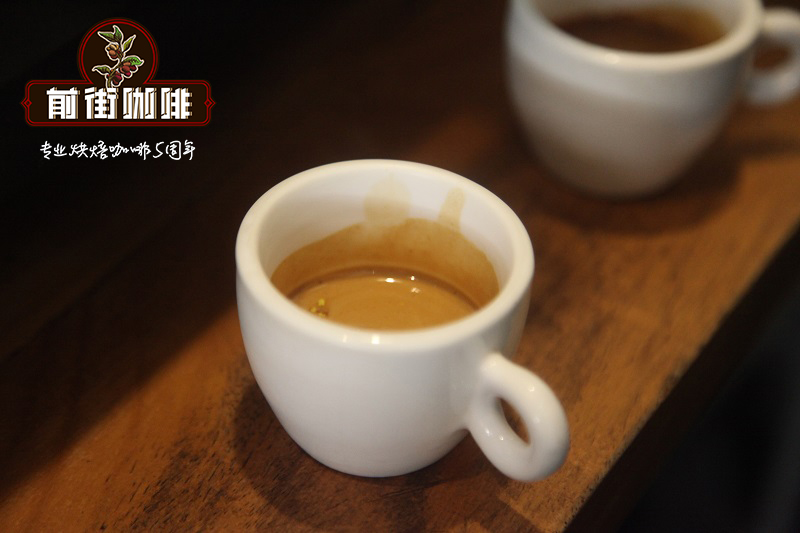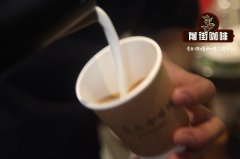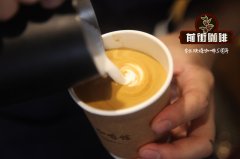Tips on the use of espresso beans the relationship between the extraction rate of Italian espresso and the size of the filler

Professional coffee knowledge exchange more coffee bean information please follow the coffee workshop (Wechat official account cafe_style)
Diameter of ● filler base:
The diameter of the filler base is very important, but the mainstream problem in the market is not the diameter of the filler, but its effective filling area. Most filler manufacturers, when making fillers, almost always wrap the edge of the base in an arc. However, this small design reduces the effective filling area. The following figure illustrates this phenomenon (the inner diameter of the VST filter cup is 58.7mm):
Schematic diagram of the effect of flanging on the effective filling area
Effective packing area and percentage of 58mm Packer
58.35mm filler, e. G. VST filler
58.5mm, Pergtamp with uncollected edges
As can be seen from the above picture, the effective filling area difference between Pergtamp without flanging and general 58mm filler is 26.87cm2, which is equivalent to 8.3% of the area of filter cup / pressed powder. If you compare the unfilled areas in reverse, the Pergtamp with 58mm is 2.43cm2, 58.35mm is 2.12cm2, and 58.5mm is only 0.18cm2, as shown in the following figure.
● extraction rate:
The real purpose of judging the cooking equipment by the extraction rate is not to get a higher extraction rate, but to extract more evenly. The more uniform the extraction, the higher the extraction rate.
Under the premise of fixed cooking parameters (including bean mill calibration), whether using Robur or EK43, the extraction rate with Pergtamp is 1% higher than that with 58.35mm filler. In other words, Pergtamp can bring more uniform extraction, whether it is to challenge the limit extraction rate, or to achieve the same extraction rate with a thicker scale, it is not difficult.
Another experiment on the difference in the shape of the bottom of the filler. Five parts of espresso were extracted with five types of fillers, and the extraction rate was measured. The average data are as follows:
American Curve 58mm: 16.9%
C-curve 58mm: 16.8% (minimum 16%)
Flat 58mm: 17.5%
Flat 58.35mm: 17.8% (maximum 18.2%)
Pergtamp: 18.9% (between 18.7% and 19.1%)
The hole at the bottom of the VST filter cup is relatively wide, so the water flow through the powder layer is more uniform, and the water at the edge of the filter cup is more than that of the other brand filter cup. If the central force is greater than the edge, the pressed powder at the edge will be softer than the center, and the water will flow through the edge easily, resulting in uneven extraction and lower extraction rate, resulting in Pergtamp > Flat > Curve.
● other:
The slightly tapered base will not jam the filter cup as easily as other 58.35mm fillers, and it is more convenient to make nutating.
Instructions for the use of the powder filler:
Do not collide with hard objects, otherwise it is easy to deform the edge of the base. It is not only easy to jam the filter cup, but also reduce the effective filling area.
After filling and pressing, please take out the filler carefully and slowly. If it is too intense, it will easily damage the surface of pressed powder and even affect the structure of pressed powder. By the same token, when using the handle, you should be careful not to hit the coffee machine or brew the head, so as not to damage the pressed powder structure.
Pergtamp applies only to VST filter cups.
Be sure to mix the powder evenly and smoothly. Tapping the handle of the filter is far more uniform than other powder blending techniques (such as stockfleching) or powder blending tools.
END
Important Notice :
前街咖啡 FrontStreet Coffee has moved to new addredd:
FrontStreet Coffee Address: 315,Donghua East Road,GuangZhou
Tel:020 38364473
- Prev

Effect of espresso beans on coffee _ how to choose espresso beans _ brewing elements of espresso
Professional coffee knowledge exchange more coffee bean information please follow the coffee workshop (Wechat official account cafe_style) in order to brew the top espresso, [4m] blending and integration is very important. The first ● is [Mistura]. It means espresso beans. Italian espresso beans have at least five kinds of espresso beans. The owner of the coffee bar will
- Next

Which brand of espresso beans is good? what are the types of espresso beans? espresso brand recommendation
Professional coffee knowledge exchange more coffee bean information please pay attention to the coffee workshop (Wechat official account cafe_style) the single bitter taste is no longer coffee, please re-understand the new understanding that this espresso bean brings to you. The proposal of boutique coffee has completely changed the world's understanding of coffee, at the same time, slowly boutique cafes also began to appear around everyone.
Related
- What is the Philharmonic pressure? How to use Philharmonic pressure to make delicious coffee
- Why does a hand grinder have more fine powder than an electric grinder?
- In addition to the hot mom, what is the difference between the versions of EK43 | ditting and Mahdi ek43?
- What kind of equipment do you need to make coffee by hand? Introduction to novice starter cooking equipment tools
- Espresso needs to be ground how thick and thin scale entry Italian Coffee Machine Bean Grinder investigation and Grinding course
- How much does it cost to open a small private cafe? How much does it cost to learn coffee? How to operate it?
- The difference between the flavor characteristics of hand-brewed coffee and coffee maker is hand-brewed coffee really better than coffee maker? Can I use a coffee machine to make coffee beans by hand?
- The difference between 01 and 02 of hario v60 filter cup what is the difference between 01 and 02 filter cup opening and cooking flavor
- What's the difference between the smart cup and the French kettle? Which is better, the French kettle or the Smart Cup?
- What's the difference between a smart cup and a V60 filter cup? The difference between the taste of smart cup and hand-brewed coffee

